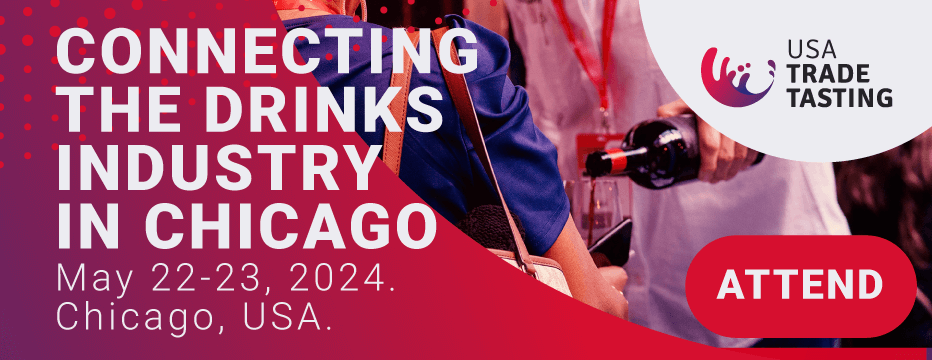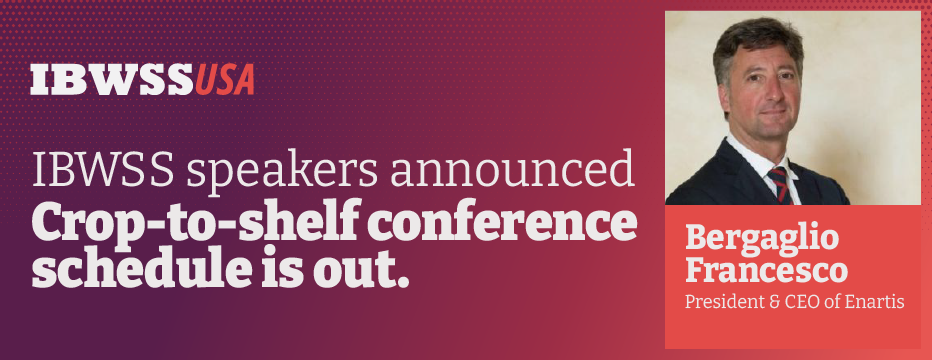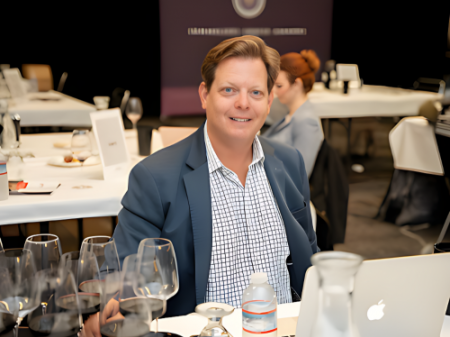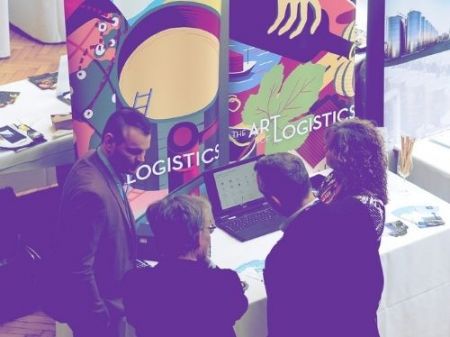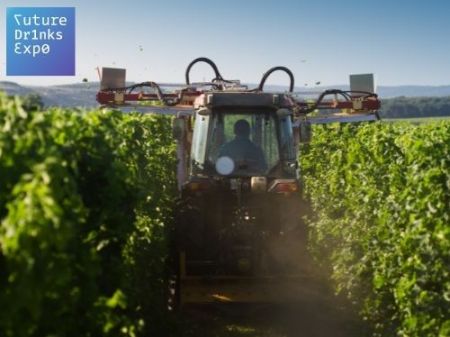Sommeliers Choice Awards 2023 Winners
Highlights from Day 1 of USATT 2017
Representatives from across the wine industry met in New York City on May 16 for the second annual United States Trade Tasting Show
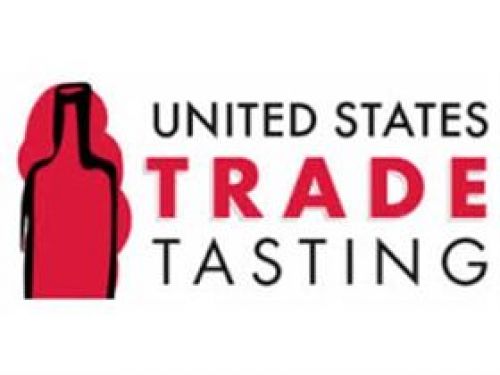
The second annual United States Trade Tasting (USATT) conference kicked off on May 16 with more than 2,000 attendees and 138 exhibitors from more than 20 countries. As Steven Raye, President of Bevology, pointed out in the opening keynote, this year’s event is designed to give emerging wine and spirits brands a smarter way to enter the U.S. market by connecting them with importers and distributors and sharing best practices from across the industry.
 Brandy Rand, Vice President of IWSR (USA), led off the morning session with a review of some of the key trends in the marketplace today. Two of the hottest trends are “Premiumization” and “Category Blur” (the creation of new hybrid drinks as well as consumers who consume alcoholic beverages across categories). U.S. spirits are now an “affordable luxury” and IWSR is seeing tremendous growth in the premium and ultra-premium categories.
Brandy Rand, Vice President of IWSR (USA), led off the morning session with a review of some of the key trends in the marketplace today. Two of the hottest trends are “Premiumization” and “Category Blur” (the creation of new hybrid drinks as well as consumers who consume alcoholic beverages across categories). U.S. spirits are now an “affordable luxury” and IWSR is seeing tremendous growth in the premium and ultra-premium categories.
In order to stand out in the U.S. marketplace, Rand noted, some brands are adopting alternative packaging (such as wine in cans and boxes) and adopting marketing messaging that emphasizes their “artisanal” and “craft” origins. Among consumers, one new trend is a changing flavor profile that emphasizes “spicy/smoky/savory” rather than just “sweet,” which had been the previous trend. There has also been what IWSR refers to as the “Hispanic phenomenon,” which means greater popularity for categories like tequila, mezcal, and imported Mexican beers.
Some of these trends visitors were able to see directly on the USATT 2017 showroom floor, which opened at 11:00. For example, Vodquila is a new hybrid vodka and tequila drink created for tequila drinkers who want a smoother sipping experience. For many visitors, the highlight of the Grand Tasting in the first-floor main hall was the ability to sample wines and spirits from all over the world, including products from up-and-coming wine regions like Lebanon, South Africa, and China.
In the morning session, Chris Mehringer, President of Park Street, talked about the basics of building a long-term, sustainable business model for the U.S. market. As he pointed out, it’s important to have a realistic plan and sufficient resources before meeting up with distributors. Any go-to-market strategy needs to be market-driven, coherent, balanced and flexible. As part of this strategy, brands need to keep in mind how they can differentiate themselves in the marketplace and how they can create economies of scale.
Josh Wand, Founder of BevForce, explained how importers and distributors can build a strong sales force for the U.S. market. As Wand explained, it’s all about hiring the best team possible. Start off by hiring for passion and expertise and then establish challenging goals for this sales staff. He also outlined two of the keys to employee retention: offering fair market value compensation and building a healthy, positive sales culture. Attracting and retaining talent, he noted, is the key to the long-term success of your business.
 In the afternoon session, Donna Hartman, attorney at OlenderFeldman LLP, covered the key points of wine distribution agreements, walking participants through the differences between drafting distribution agreements for a franchise and non-franchise states. She also noted some of the important legal points to keep in mind as brands expand in the U.S. marketplace and build relationships with distributors.
In the afternoon session, Donna Hartman, attorney at OlenderFeldman LLP, covered the key points of wine distribution agreements, walking participants through the differences between drafting distribution agreements for a franchise and non-franchise states. She also noted some of the important legal points to keep in mind as brands expand in the U.S. marketplace and build relationships with distributors.
Jonathan Newman, Chairman, and CEO of Newman Wine talked about the Top 10 ways for brands to get noticed and picked up by national chains and retailers. Getting positive press in the major industry publications still matters, as does holding regular tastings to build customer awareness. He also mentioned the important things that brands can do to make their products stand out on the shelves of retailers, such as creating the right types of labels and using the right kinds of point-of-sale (POS) materials that help retailers sell their wine.
Stephen Fahy, Sales Director and Senior Buyer at the Wine Library, talked about ways for wine and liquor stores to turn into “lean, mean selling machines.” He boiled it down to a few key points. One important point is data, which he said now “drives the engine.” You absolutely have to have the data to know who are your best customers, in terms of how often they buy, how much they buy, and how willing they are the experiment with new categories. Another key is being bold and standing out – you need to be fearless about being passionate, enthusiastic and even flamboyant. You need to be an “activist” – if you stay quiet, you will be forgotten.

Finally, the day wrapped up with a Master Class on Chinese wines led by Chateau Rongzi. Participants were given a brief history of Chinese wines and an overview of how the wines are made at Chateau Rongzi before sampling a number of different wines – the first public tasting of these wines in the United States market.
Outside of the conference sessions, there was a palpable buzz on the floor throughout the day, and there’s more planned for Day 2 of the event. Things kick off at 9:00 with a special Office Hours session moderated by Steven Raye of Bevology, featuring a number of prominent importers and distributors.
There are also two afternoon Master Classes planned, featuring the wines of Tejo (Portugal) and Beaujolais (France). In addition, participants will hear from Thomas Barford, Managing Director of JF Hillebrand USA; Adam Lambert, Seller of Beer & Spirits; and Richard Halstead, COO of Wine Intelligence.
And, of course, the Grand Tasting hall will be open again on the first floor, giving everyone a chance to meet and mingle with importers and distributors as well as experiment with wines and spirits from across the world.

